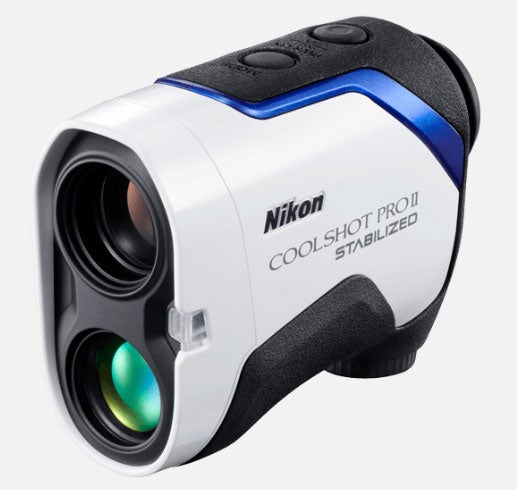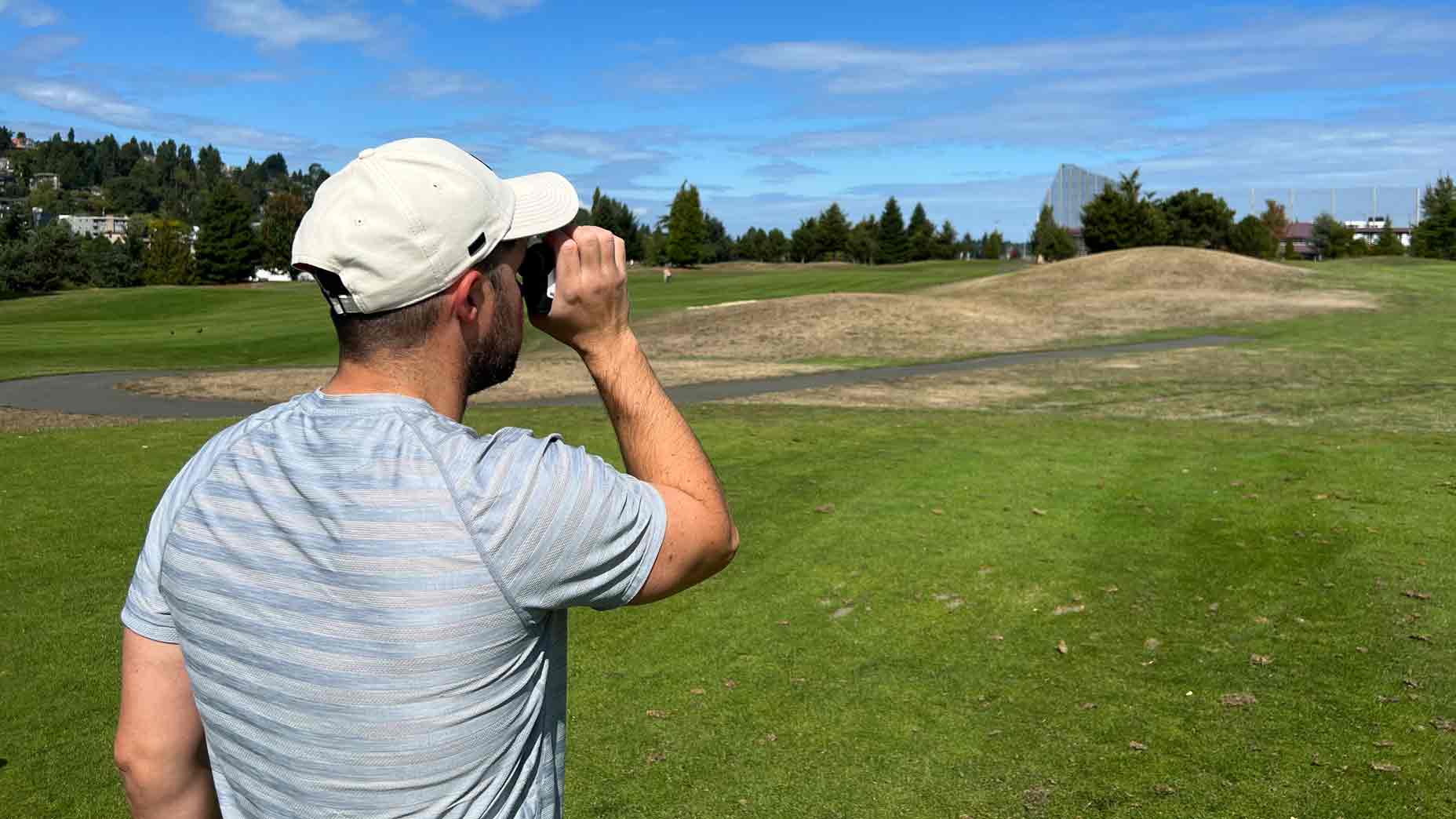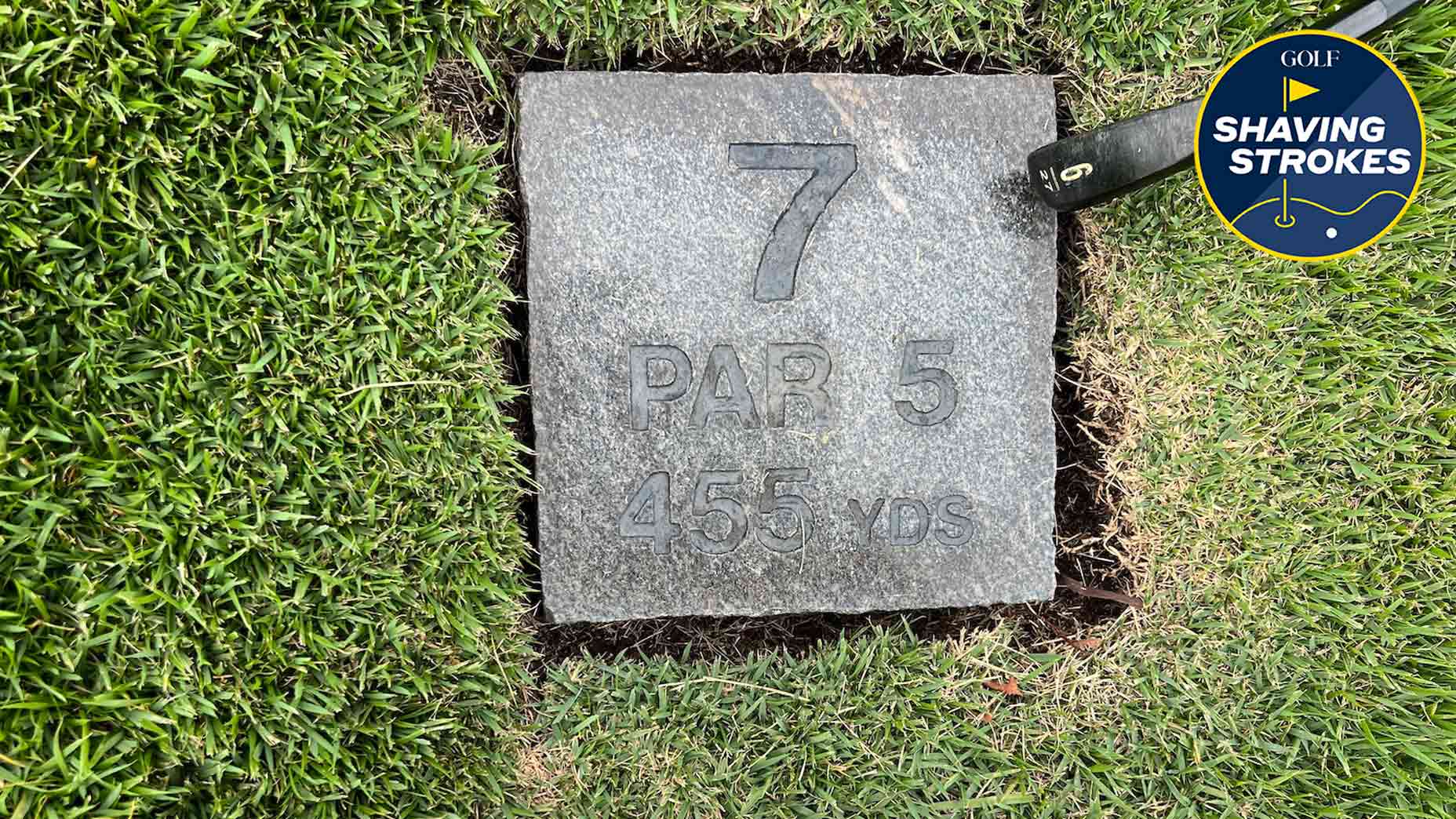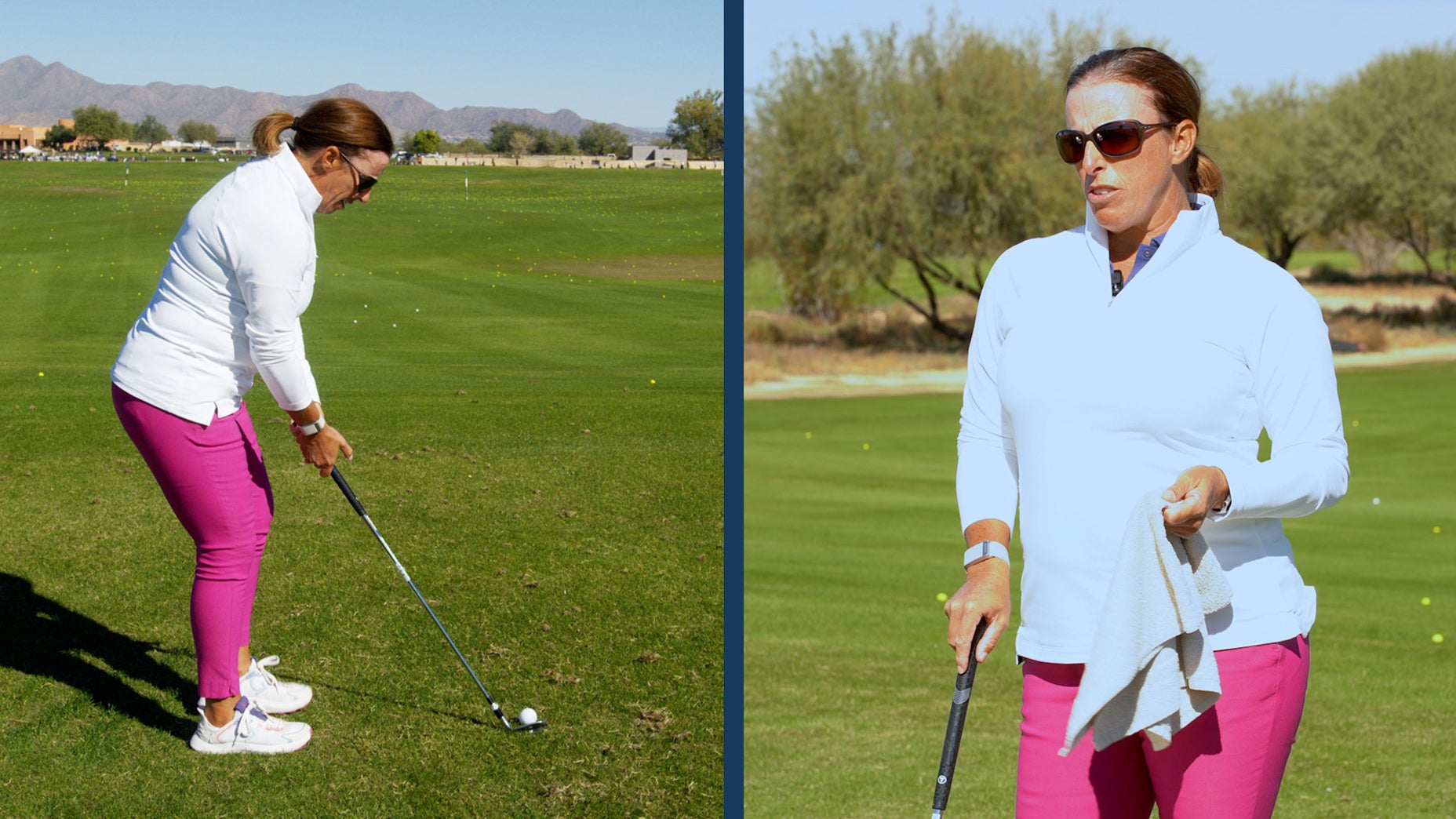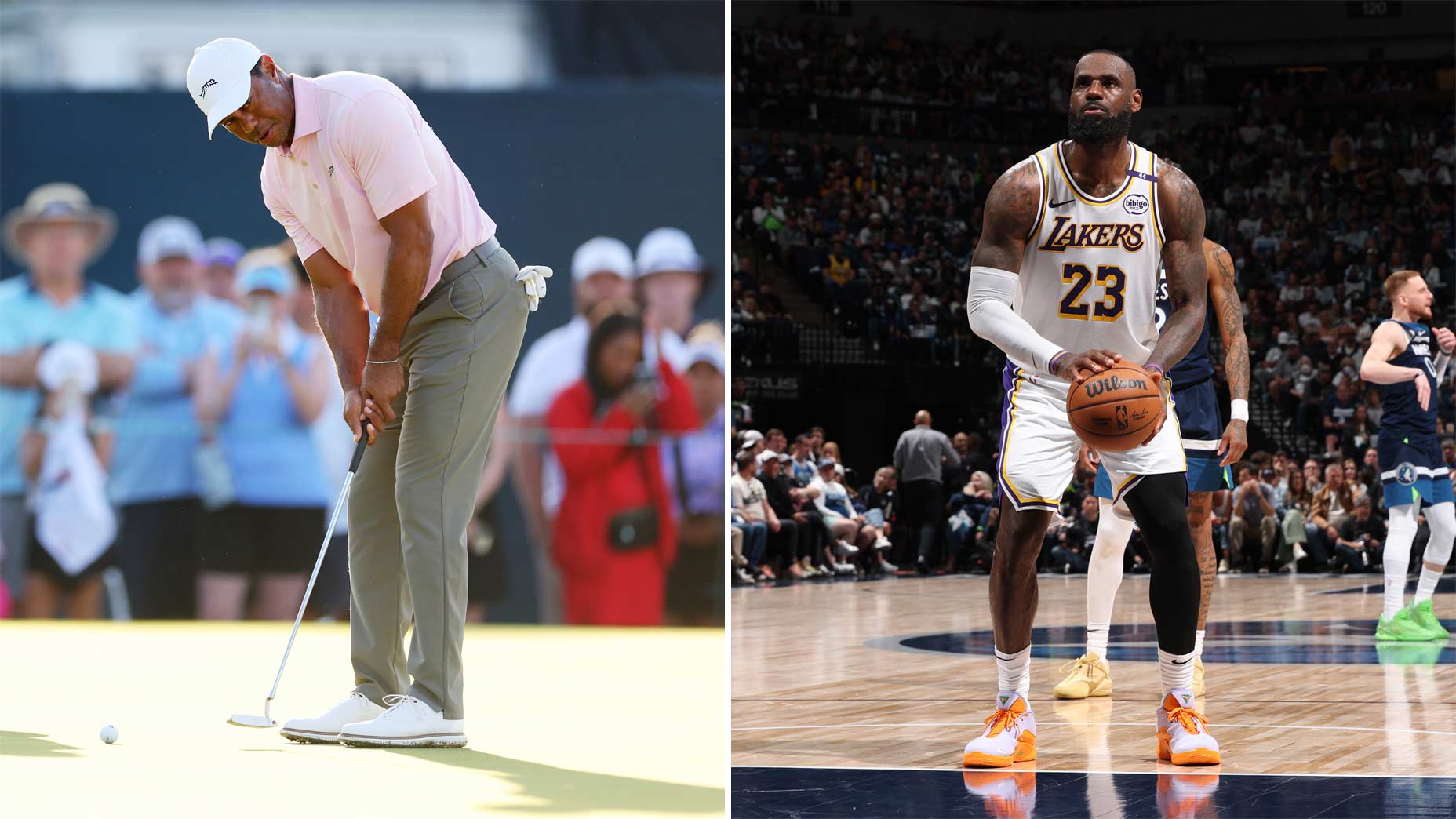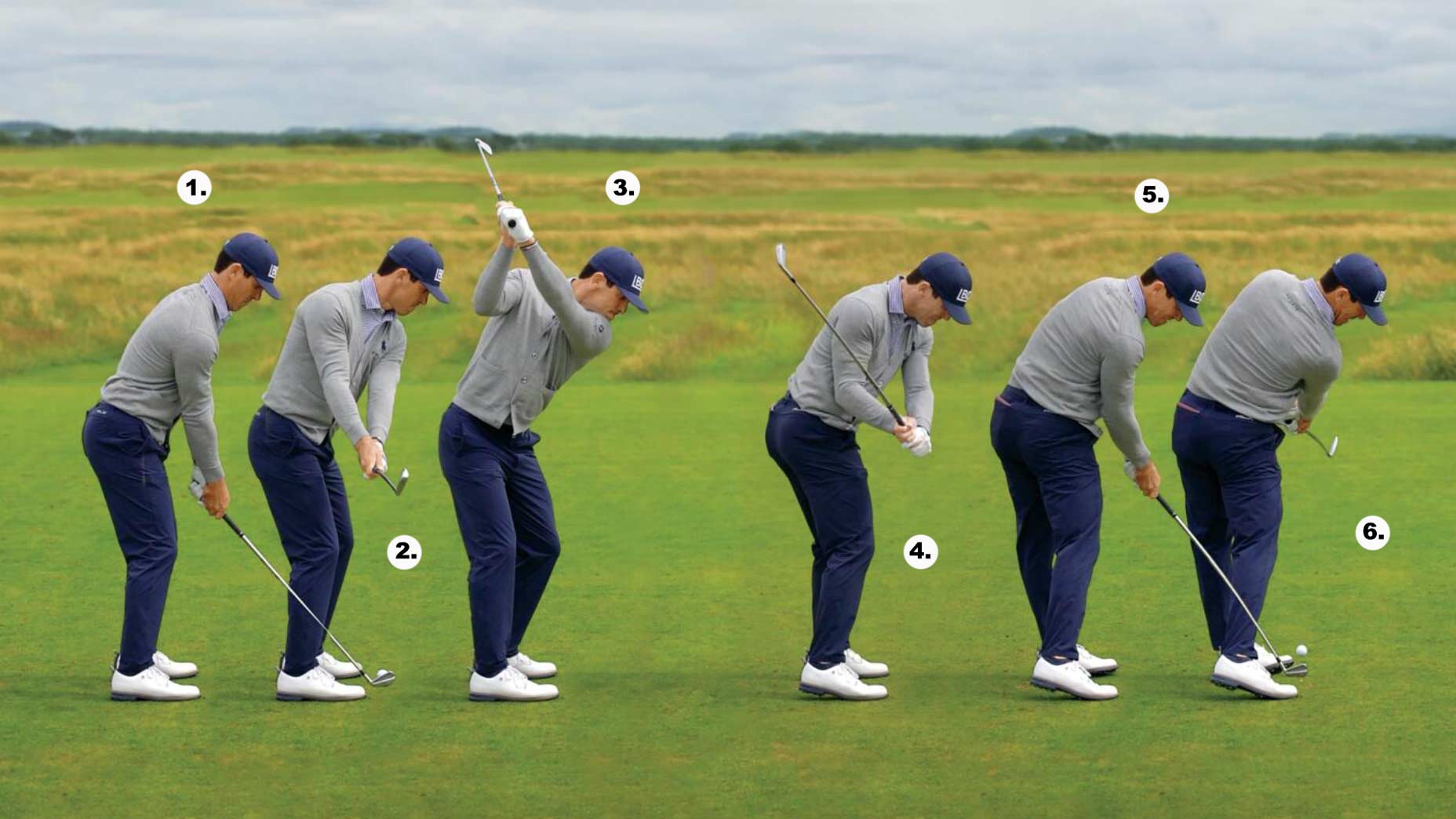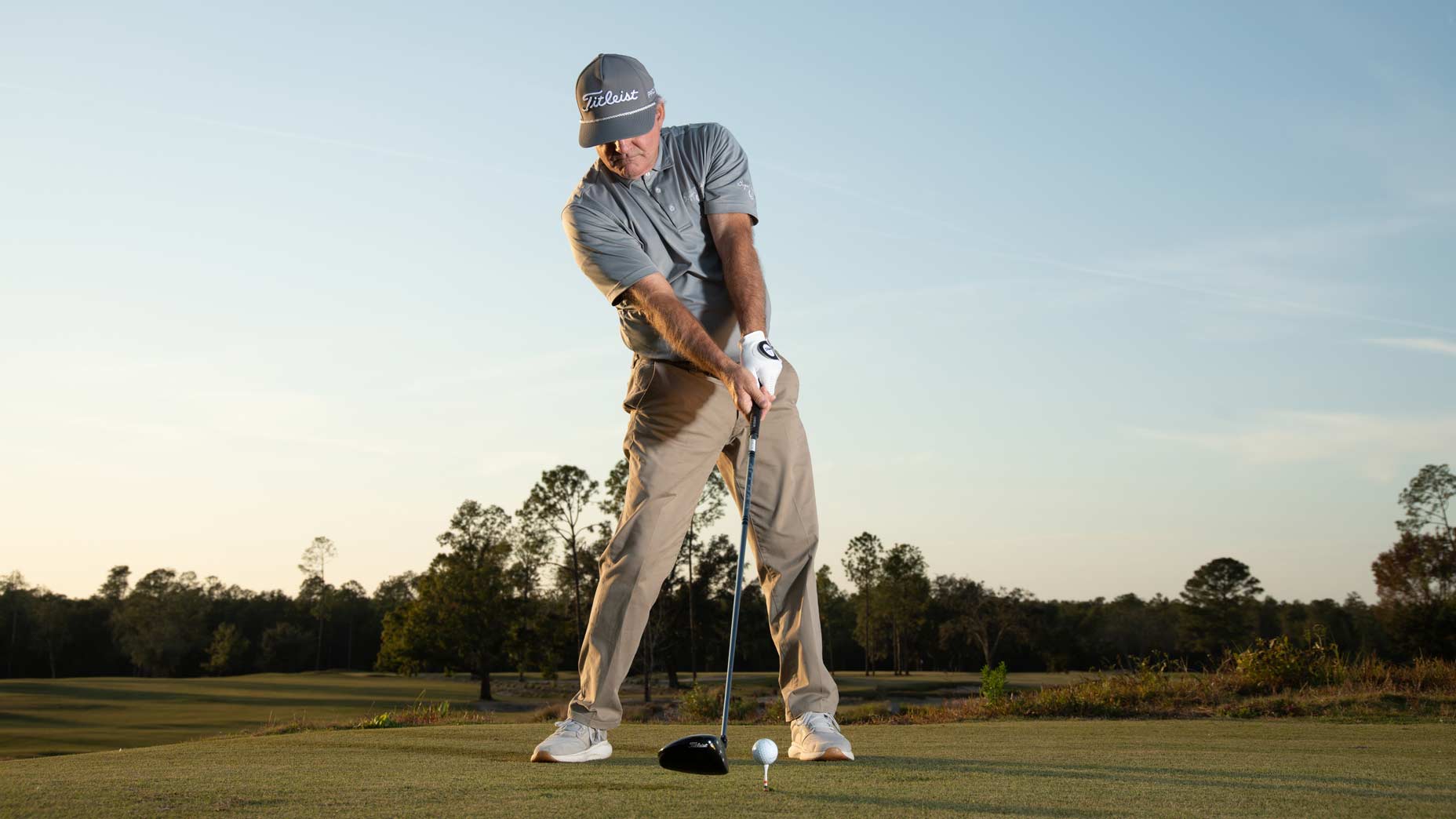For as long as I can remember, my ball-striking strategy was essentially hitting and hoping — which proved to be a miserable plan when it came to shaving strokes off of my game.
As I continue on my quest to break 80 for the first time in my 27 years as a golfer, one part of the game that has become uber important is course management. This means that, rather than just staring down the spot I’m aiming for and hitting my ball, I’m actually putting together a plan of attack before each swing.
I analyze my club choice, rely on my carry distances, identify spots on the course that are potentially harmful (or helpful!) and do my best to optimize my game plan.
I used only my 6-iron for every shot outside 50 yards. Here’s what I learnedBy: Nick Dimengo
Believe it or not, this wasn’t the case for the past 26 years of my golf game…and it showed on the scorecard.
But in recent months, I’ve dialed in my course management skills with a pretty simple golf tool: A rangefinder, with the Nikon COOLSHOT PROII being the one of choice (which is available for $50 off until October 8th).
With the help of the Nikon COOLSHOT PROII, I’ve seen improvements in many aspects of my game — so here’s how this rangefinder can help you do the same.
5 reasons every amateur needs a rangefinder
Sure, the decision to finally use a rangefinder might seem so basic to many of you, but I had never used one before and just tried estimating distances by relying on sprinkler heads.
Sound familiar?
That might be the quickest way to get yardages, but it’s not the best way — so here’s why I made the choice to invest in the Nikon COOLSHOT PROII rangefinder.
Distance control
OK, so this is the most obvious reason to get a rangefinder, but it still makes all the difference in the world when trying to shoot lower scores.
As mentioned earlier, I had always just relied on sprinkler heads to help determine the yardages. But the problem with that strategy is two-fold.
First, a sprinkler head doesn’t take into account any weather conditions, so how can you really get an accurate gauge of the yardage if there’s any wind? This type of factor will really impact your shot’s outcome.
Hitting frustrating wedge shots? Try this ladder drill for distance controlBy: Nick Dimengo
While a rangefinder doesn’t tell you the wind’s speed, it does give you a better guide to feel the shot once you know the appropriate distance.
Second, it’s rare to be right on the sprinkler head mark, so even if you know it says it’s 150 to the middle of the green, that’s not reliable when you’re standing a few yards in front or behind it. In essence, you’re just guessing — and if you’re off by a few yards, that can be the difference between being five feet from the pin and being buried in a greenside bunker.
Point and click – then shoot your shot
Prior to getting the Nikon COOLSHOT PROII, I always thought using a rangefinder would be inconvenient. I didn’t want to go back and forth between taking it in and out of my bag, or struggle with any inaccurate readings.
But I’ve got a small pocket on the side of my golf bag that’s dedicated to holding my rangefinder, so it makes it easy to access the rangefinder anytime I need it.
All I need to do before each shot is point and click, relying on the COOLSHOT PROII’s “Hyper Read” technology to give a consistent measurement — all in about 0.3 seconds.
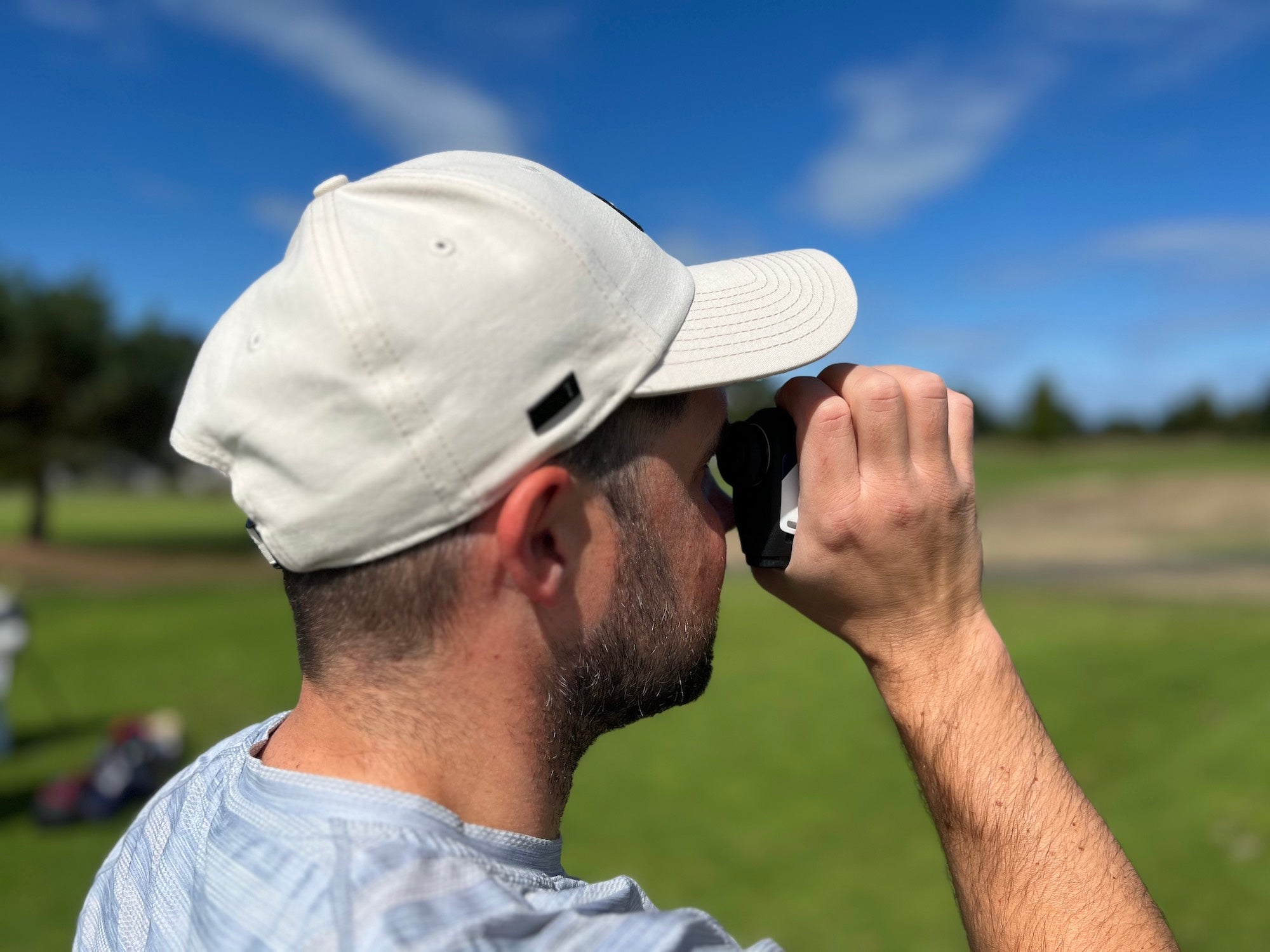
Easily avoid hazards
Another benefit of a rangefinder is understanding how the course is laid out, which can help you decide how aggressive or conservative you need to be on a hole.
For instance, the Nikon COOLSHOT PROII has something called “measurement mode”, which shows everything from trees to bunkers to other hazards.
Sure, dialing in my distance to the flag is a huge benefit of a rangefinder, but so is knowing about a bunker that’s in play should I mishit my shot.
Slope-adjusted distance readings
Living in Seattle, I play plenty of courses that have nasty slopes, so having a rangefinder that provides slope-adjusted readings is clutch in order to dial in my course management.
The difference between course rating and slope rating, explainedBy: Josh Sens
With the Nikon COOLSHOT PROII, you can choose from different modes depending on the golf shot you’ve got.
By turning on ID mode (incline/decline), the rangefinder will lock in the distance by factoring in the slope, giving you a better idea for how to attack tricky uphill and downhill shots. Yeah, it’s kind of a game changer.
Grow your confidence
When you have all sorts of data at your disposal, you’ll naturally gain the necessary confidence to hit good shots! At least I found that to be true, with the Nikon COOLSHOT PROII acting as a de facto caddie on the golf course for me.
Instead of wondering if a pitching wedge or a 9-iron is the way to go, grab your rangefinder, trust the reading and assert yourself prior to hitting a shot. You’ll be impressed with the results — and so will your playing partners.
So if you’re looking for an A+ rangefinder that can help improve your game, give the Nikon COOLSHOT PROII a try — and remember, you can score one for $50 off until October 8th!
